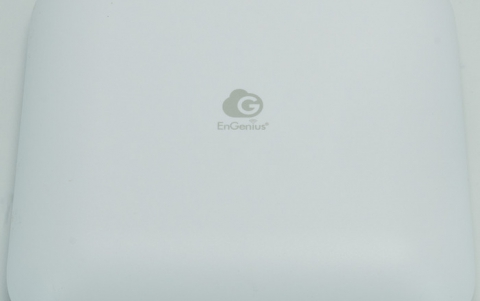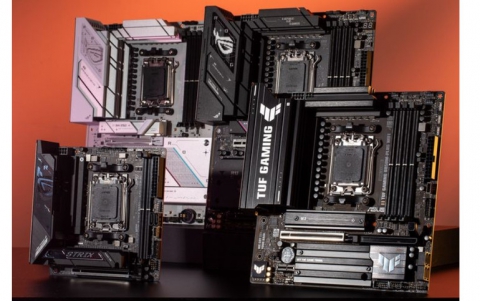VoIP Essentials
1. Roaming the VoIP Inner Side
Review Pages
2. The Codecs
3. Common Problems Found With VoIP
4. The Key To Success
5. The Good, Old, Software
 VoIP represents
a general depiction of realizing voice communication through the Internet.
The basic VoIP components are made up by specific protocols informing both
parties as well as any intermediary (gateway, VoIP provider and so on) on
the kind of content to be transmitted (either audio or video), how the call
is
to be both commenced and terminated, along with the digitalization as well
as compression-decompression codec to be used.
VoIP represents
a general depiction of realizing voice communication through the Internet.
The basic VoIP components are made up by specific protocols informing both
parties as well as any intermediary (gateway, VoIP provider and so on) on
the kind of content to be transmitted (either audio or video), how the call
is
to be both commenced and terminated, along with the digitalization as well
as compression-decompression codec to be used.
Up until a while ago, when incoming-call providers facilitating VoIP applications started making their appearance, communication between VoIP users and any fixed telephone communication system had not been feasible.
Communication between two VoIP applications or appliances, initially involves support by common protocols and codecs at the same time. In case such a communication is rendered unlikely to be accomplished, it is possible that an in-between provider will offer a codec conversion of some sort, so that communication is carried out [Transcoding].
Real-Time Transport Protocol [RTP] & Real-Time Control Protocol [RTCP]
It is practically used in any audio-video transmission by all networks. It has taken on the-as far as possible-correct audio-video packets transmission from point A to point B, avoiding thus delay mishaps, jitter and other inter-network awkward situations. It does not carry out any other procedures, like, for instance, service quality control or network resource management.
SIP & H.323
![]() No more nor less than the two
biggest VoIP players. They both set up a career around 1995, when the need
for audio-video network transmission
handling first
showed up. They have undertaken the task of notifying a receiver that there
has been a requirement for communication by the caller. The next step is to
sort out the type of communication, who is going to take part in it and so
on and so forth.
No more nor less than the two
biggest VoIP players. They both set up a career around 1995, when the need
for audio-video network transmission
handling first
showed up. They have undertaken the task of notifying a receiver that there
has been a requirement for communication by the caller. The next step is to
sort out the type of communication, who is going to take part in it and so
on and so forth.
The basic differentiation between the two protocols is focused on the fact that H.323 is dependent on a relatively “crabbed code”, while the Session Initiation Protocol [SIP] is based on text instructions, like the HTTP protocol. The former (H.323) comes from traditional telephone networks and likewise cooperation with such networks becomes easier, yet the location as well as handling of any problems-should they arise-is more difficult when compared to the SIP.
![]() The H.323 is in fact an “umbrella” of protocols specializing in
a range of communication sections [H.225, H.245, T.38 used in fax over IP and
so on), while both are using several different Internet protocols to be able
to cover any gaps coming up when achievement of voice communication is in progress.
Here, for the sake of information, it would be appropriate if we referred to
the Session Description Protocol [SDP], the Resource Reservation Setup Protocol
[RSVP] to ensure high voice quality and of course the UDP/TCP/IP ones, used
to break up packets and route them to the Internet.
The H.323 is in fact an “umbrella” of protocols specializing in
a range of communication sections [H.225, H.245, T.38 used in fax over IP and
so on), while both are using several different Internet protocols to be able
to cover any gaps coming up when achievement of voice communication is in progress.
Here, for the sake of information, it would be appropriate if we referred to
the Session Description Protocol [SDP], the Resource Reservation Setup Protocol
[RSVP] to ensure high voice quality and of course the UDP/TCP/IP ones, used
to break up packets and route them to the Internet.
Even though there is a sort of a conflict at a development and management providers level, it is more than evident that the SIP tends to become the model of today’s Internet voice communication, not to mention the inclusion of video while calling, when circumstances become favorable.
Other VoIP protocols
Apart from the H.232 and the SIP there are other voice communication protocols achieved by net infrastructures, like the H.248 and the Media Gateway Control Protocol [MGCP], which are specialized in gateway communication. Gateways are the links between a network-ie, the IP-with either a fixed [PSTN] or a mobile telephony network. There are other VoIP protocols too, which are either closed ones or they cooperate with specific applications-telephone exchanges. For example, the particularly popular Skype is a restrictive VoIP protocol by itself, whereas the Inter-Asterisk Exchange [IAX] is being utilized by the Asterisk open software telephone exchange. Finally, the Skinny Call Protocol has been developed by Cisco.
Review Pages
2. The Codecs
3. Common Problems Found With VoIP
4. The Key To Success
5. The Good, Old, Software













